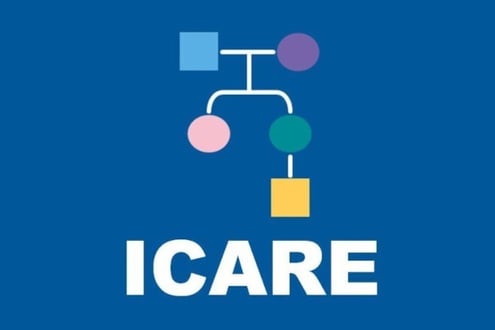PALB2 Gene Mutations: Cancer Risk
Cancer Risks Associated with Inherited Mutations
People with a PALB2 mutation have a higher risk for several types of cancer. These cancers tend to happen at a younger age than in people without a mutation.
The risks listed below are estimates based on different research studies. To understand more about your personal risk, we recommend that you speak with a genetics expert who can look at your personal and family history of cancer and help you decide on a plan for managing your risk.
It is important to note that cancer risks are estimates over the course of a person's lifetime. Your lifetime risk and risk over the next five years will vary depending on:
- current age
- gender
- specific mutation
- personal and family health history
- diet, exercise, lifestyle and other factors
Participate in Research
Cancer risk table
Cancer Type |
Lifetime Risk with a PALB2 Mutation |
Lifetime Risk for General Population |
Notes |
35 - 53% |
12.5% |
||
<1% (0.9%) |
0.1% |
||
Risk for 2nd breast cancer diagnosis in women who were previously diagnosed with breast cancer |
5 - 8% risk within 10 years of initial diagnosis |
More research is needed to confirm this risk. This applies to women who have not had bilateral mastectomy. |
|
2 -5% |
1.7% |
||
3 - 5% |
1.3% |
||
Source: NCCN Guidelines: Genetic/Familial High-Risk Assessment: Breast, Ovarian, Pancreatic, Prostate, v. 3, 2025. |
|||


